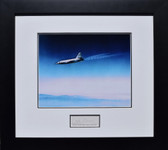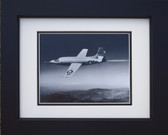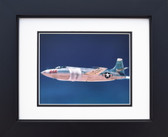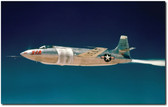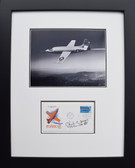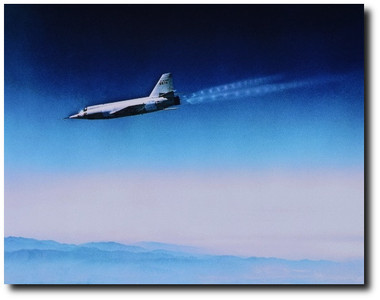 Loading... Please wait...
Loading... Please wait...- Home
- Aviation Gifts Under $50
- Unframed - Aviation Photos
- BELL X-2 In Flight
Categories
BELL X-2 In Flight
Product Description
BELL X-2 In Flight
Dimensions: 8" x 10"
Plane Type: Bell X-2
The Bell X-2 was a rocket-powered, swept-wing research aircraft designed to investigate the structural effects of aerodynamic heating as well as stability and control effectiveness at high speeds and altitudes. The program was developed jointly in 1945 by Bell Aircraft Corporation, the U.S. Air Force and the National Advisory Committee for Aeronautics (NACA) to explore aerodynamic problems of supersonic flight and to expand the speed and altitude regimes obtained with the earlier X-1 series of research aircraft. The X-2 (46-674) was dropped from a Boeing B-50 mothership with Lt. Col. Frank "Pete" Everest piloting 674 on its first unpowered flight on 5 August 1954. Everest flew many missions in this test program and flew the final X-2 flight, on July 23, 1956, which earned him the title "Fastest Man Alive." While gathering data on aerodynamic heating, Everest achieved a speed of Mach 2.87 at 68,000 feet.

